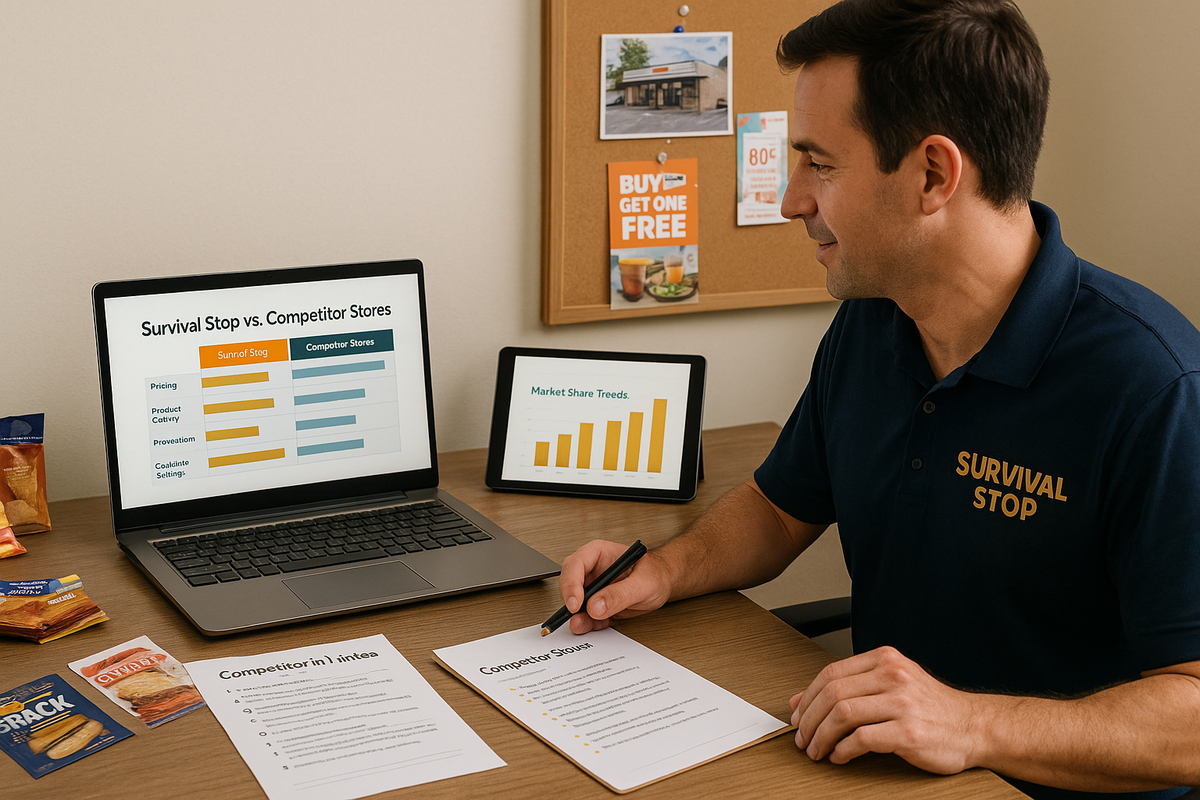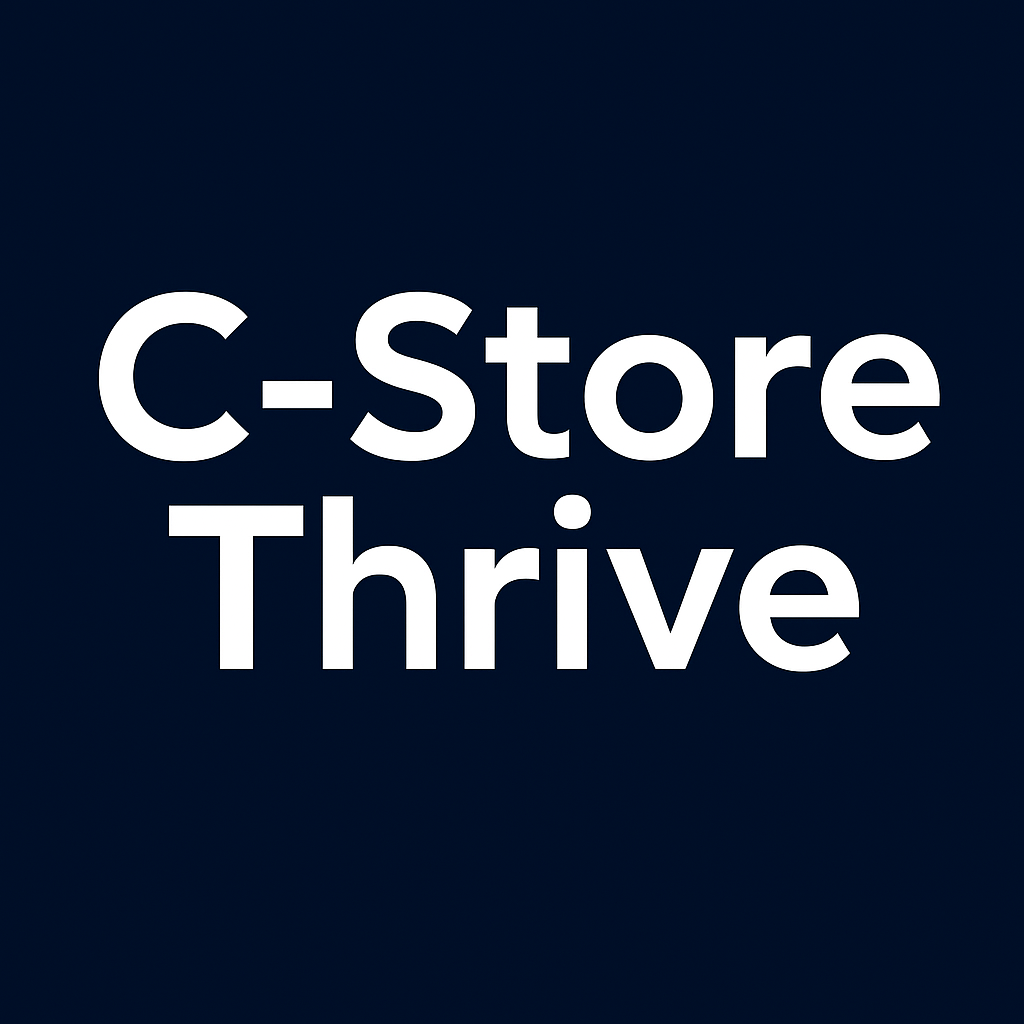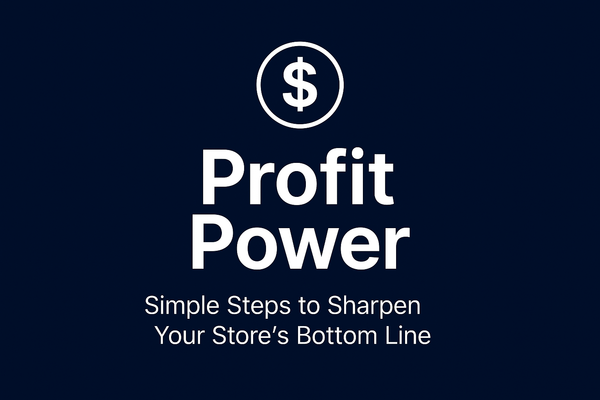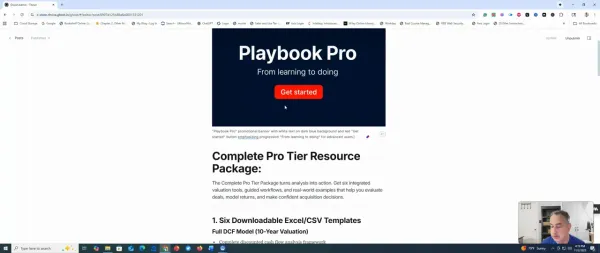How to Analyze Your C-Store Competition
Smart convenience store operators outmaneuver larger competitors through superior market intelligence. Systematic competitor analysis using local mapping, secret shopping, social media monitoring, and SWOT framework transforms market challenges into sustainable competitive advantages.

Every independent owner knows the pressure of competing with corporate budgets and chain store advantages. But smart store operators understand that you have the power to outmaneuver larger competitors through superior market intelligence. Learning how to analyze your c-store competition transforms you from reactive survivor to strategic market leader.
Local Mapping: Your Intelligence Foundation
Successful independent owners never guess about their competitive landscape—they map it systematically. You control your competitive destiny by creating detailed competitor profiles within a three-mile radius. Store owner Maria discovered that mapping revealed two competitor blind spots: neither offered fresh breakfast options before 7 AM or premium coffee after 8 PM, gaps that increased her morning and evening sales by 35%.
Use digital mapping tools to track competitor locations, pricing strategies, and customer flow patterns. Independent owner Carlos monitors competitor fuel prices twice daily, positioning his pricing to capture price-sensitive customers while maintaining margins. This strategic intelligence approach helps market-leading independents stay ahead of corporate pricing algorithms.
Secret Shopping: Your Competitive Edge
We've all watched a new chain store open nearby and wondered about our future, but you have the power to turn uncertainty into advantage. Systematic secret shopping reveals operational weaknesses that corporate training manuals can't address. Owner Rebecca conducts monthly competitor visits, discovering that the nearby chain struggles with evening staff shortages—intelligence that guided her extended hours strategy, capturing 20% more late-night sales.
Document competitor product selection, pricing, customer service quality, and facility conditions. Store owner David uses a standardized checklist during visits, identifying opportunities where his personalized service and local product knowledge create unbeatable advantages.
Social Media Intelligence: Digital Reconnaissance
Smart store operators monitor competitor social media activity to understand promotional strategies and customer sentiment. Owner Patricia tracks competitor Facebook and Instagram posts, discovering their promotional calendar patterns. This intelligence allows her to counter-program sales events and capitalize on competitor customer complaints through targeted community engagement.
Customer reviews reveal operational pain points that you can exploit. Independent owner Steven analyzes competitor Google reviews monthly, identifying recurring complaints about cleanliness, staff attitude, or product availability—weaknesses his store addresses to attract dissatisfied customers.
SWOT Framework: Strategic Analysis
Market-leading independents use systematic SWOT analysis to transform intelligence into action plans. Your strengths—local knowledge, flexibility, personal relationships—become weapons against corporate weaknesses like impersonal service and rigid policies.
Store owner Angela identified that chain competitors' corporate bureaucracy prevents rapid menu changes, allowing her to introduce trending items weeks ahead of competitors. This agility advantage increased her prepared food sales by 25%.
Owner Marcus discovered through SWOT analysis that his location's perceived weakness—smaller size—actually created an intimacy advantage that customers preferred over warehouse-style chains.
Independent owners using systematic competitor analysis see 20% higher profit margins than those who rely on instinct alone. You control whether competitive pressure crushes your business or catalyzes your success. Master how to analyze your c-store competition, and you transform market challenges into sustainable competitive advantages that no corporate manual can replicate.





